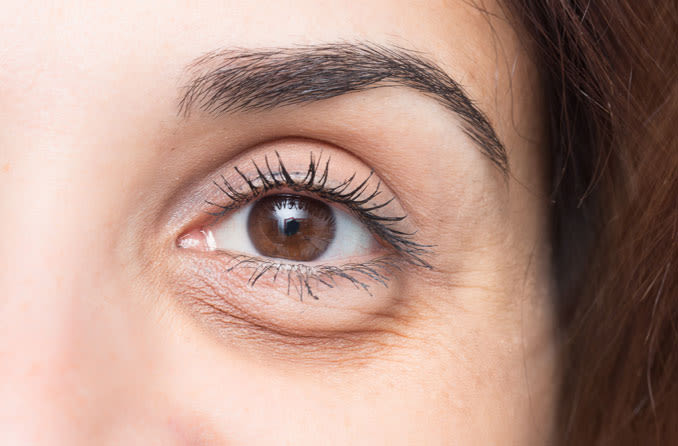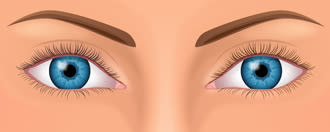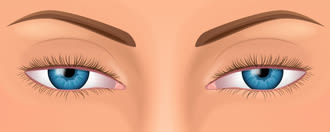Ptosis: Causes and treatments for drooping eyelids

Ptosis is drooping of an upper eyelid of one or both eyes. The droop may be barely noticeable, or the lid can descend so that the eye appears almost closed. Ptosis can affect both children and adults, but usually occurs because of aging.
Ptosis signs and symptoms
The most obvious sign of ptosis is the drooping eyelid. Depending on how severely the lid droops, people with ptosis may have difficulty seeing.
Sometimes people tilt their heads back to try to see under the lid or raise their eyebrows repeatedly to try to lift the eyelids.
The degree of droopiness varies from one person to the next. If you think you may have ptosis, compare a recent photo of your face with one from 10 or 20 years ago, and you'll likely see a difference in the eyelid skin.
Ptosis can look similar to dermatochalasis, which is a group of connective tissue diseases that cause skin to hang in folds. These diseases are associated with less-than-normal elastic tissue formation.
See your optometrist to determine the cause of your drooping eyelids.
What causes ptosis?


Top: normal eyelid position. Bottom: ptosis (both eyes).
Ptosis can be present at birth (congenital ptosis) or develop due to aging, injury or an aftereffect of cataract surgery or other corrective eye surgery.
This condition also can be caused by a problem with the muscles that lift the eyelid, called levator muscles. Sometimes a person's facial anatomy causes difficulties with these muscles.
An eye tumor, neurological disorder or systemic disease like diabetes are other causes of drooping eyelids.
Ptosis treatment
Surgery usually is the best treatment for drooping eyelids.
The surgeon will tighten (re-section) the levator muscles so they can more easily lift the eyelids, giving you improved vision and appearance.
In very severe cases involving weakened levator muscles, your surgeon attaches the eyelid under the eyebrow. This allows the forehead muscles to substitute for levator muscles in lifting the eyelid.
Risks of ptosis surgery
After ptosis surgery, your eyelids may not appear symmetrical, even though the lids are positioned higher than they were before surgery. Very rarely, eyelid movement may be affected as well.
It is important to choose your surgeon carefully, since poorly done surgery could result in an undesirable appearance or in dry eyes from lifted eyelids not closing completely.
Before agreeing to ptosis surgery, ask how many procedures your surgeon has performed. Also, ask to see before-and-after photos of previous patients, and ask if you can talk to any of them about the experience. Ocular-plastic surgeons are a good choice as these types of surgeries are among their specialities.
Ptosis in children
Children born with moderate or severe ptosis require surgical treatment in order for proper vision to develop.
Failure to treat ptosis can result in amblyopia (diminished vision in one eye) and a lifetime of poor vision.
All children with ptosis, even mild cases, should be seen at least annually by an optometrist to monitor the appearance of the droopy lids and to make sure the ptosis is not causing vision problems.
Page published on Monday, 16 March 2020






